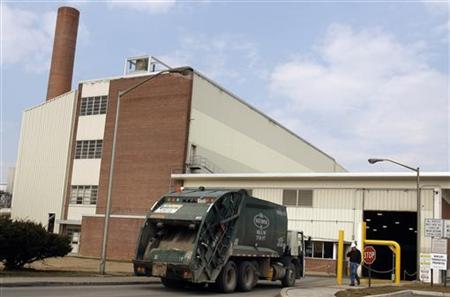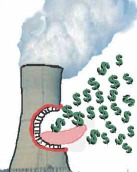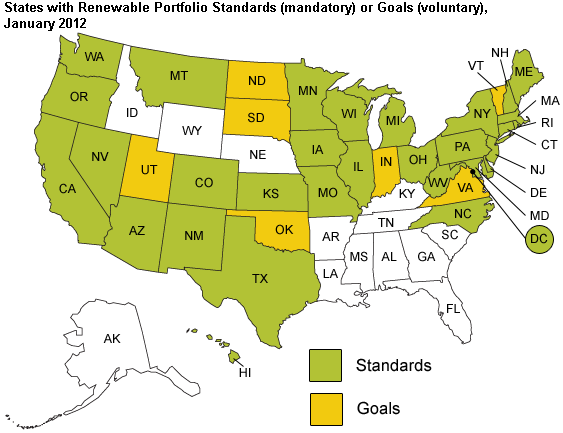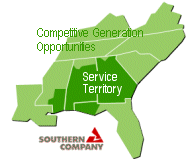 Other states, even New Jersey and far-north Michigan,
are beating Georgia to solar jobs.
Why isn’t sunny Georgia leading in one of the fastest-growing industries in the country that is deploying rural jobs everywhere else?
Hint: who’s
holding a shareholder meeting this month?
Other states, even New Jersey and far-north Michigan,
are beating Georgia to solar jobs.
Why isn’t sunny Georgia leading in one of the fastest-growing industries in the country that is deploying rural jobs everywhere else?
Hint: who’s
holding a shareholder meeting this month?
Carin Hall wrote for energydigital 13 May 2013, Solar Jobs Outnumber Texas Ranchers and US Coal Miners: New statistics show that solar is one of the fastest growing industries in the US, creating thousands of jobs across the country
There are now more solar energy workers in the state of Texas than there are ranchers, according to solar research group The Solar Foundation.
The group’s data mapping out solar jobs across the nation also showed that there are more solar jobs in California than actors, and more solar workers than coal miners nationwide. Sunny states like California and Arizona topped the list. Wyoming came in last, with just 50 workers, while Utah showed a mere 290 solar workers despite being one of the country’s sunniest states.
Even the states with less sunshine like New Jersey and Michigan showed a high number of solar jobs—thanks to favorable tax and regulatory policies that help attract developers to cope with high electricity prices.
 New Jersey is #9 and Michigan is #15 according to
The Solar Foundation’s map of State Solar Jobs.
Where’s Georgia?
Number 41 in solar jobs per capita.
Yet Michigan is #47 by maximum solar resource and New Jersey is #36,
while Georgia is #18: much sunnier than those northern states.
Why is Georgia so far behind?
New Jersey is #9 and Michigan is #15 according to
The Solar Foundation’s map of State Solar Jobs.
Where’s Georgia?
Number 41 in solar jobs per capita.
Yet Michigan is #47 by maximum solar resource and New Jersey is #36,
while Georgia is #18: much sunnier than those northern states.
Why is Georgia so far behind?
LEGAL STATUS OF THIRD-PARTY OWNERSHIP: NOT ALLOWED
Because of Continue reading















